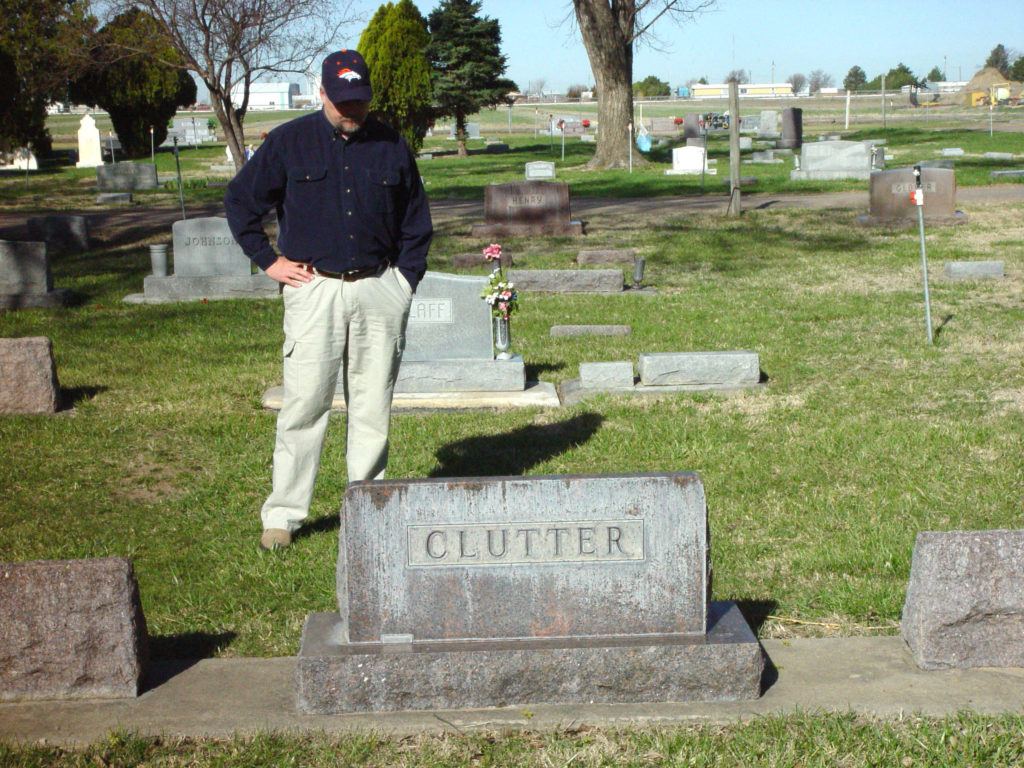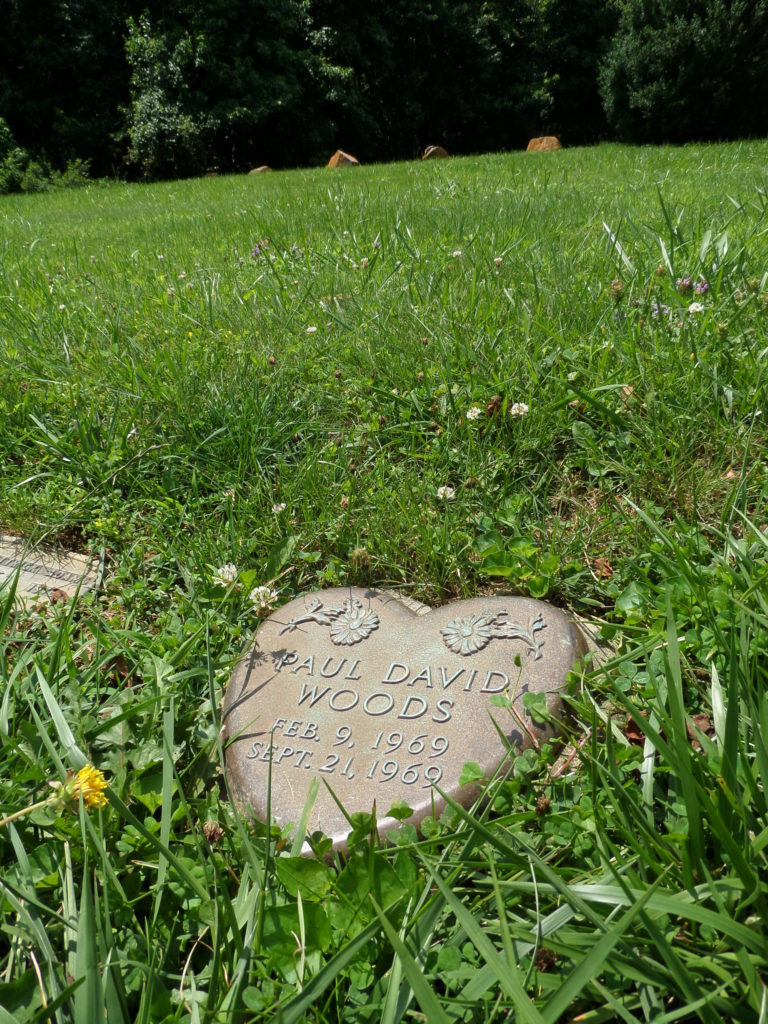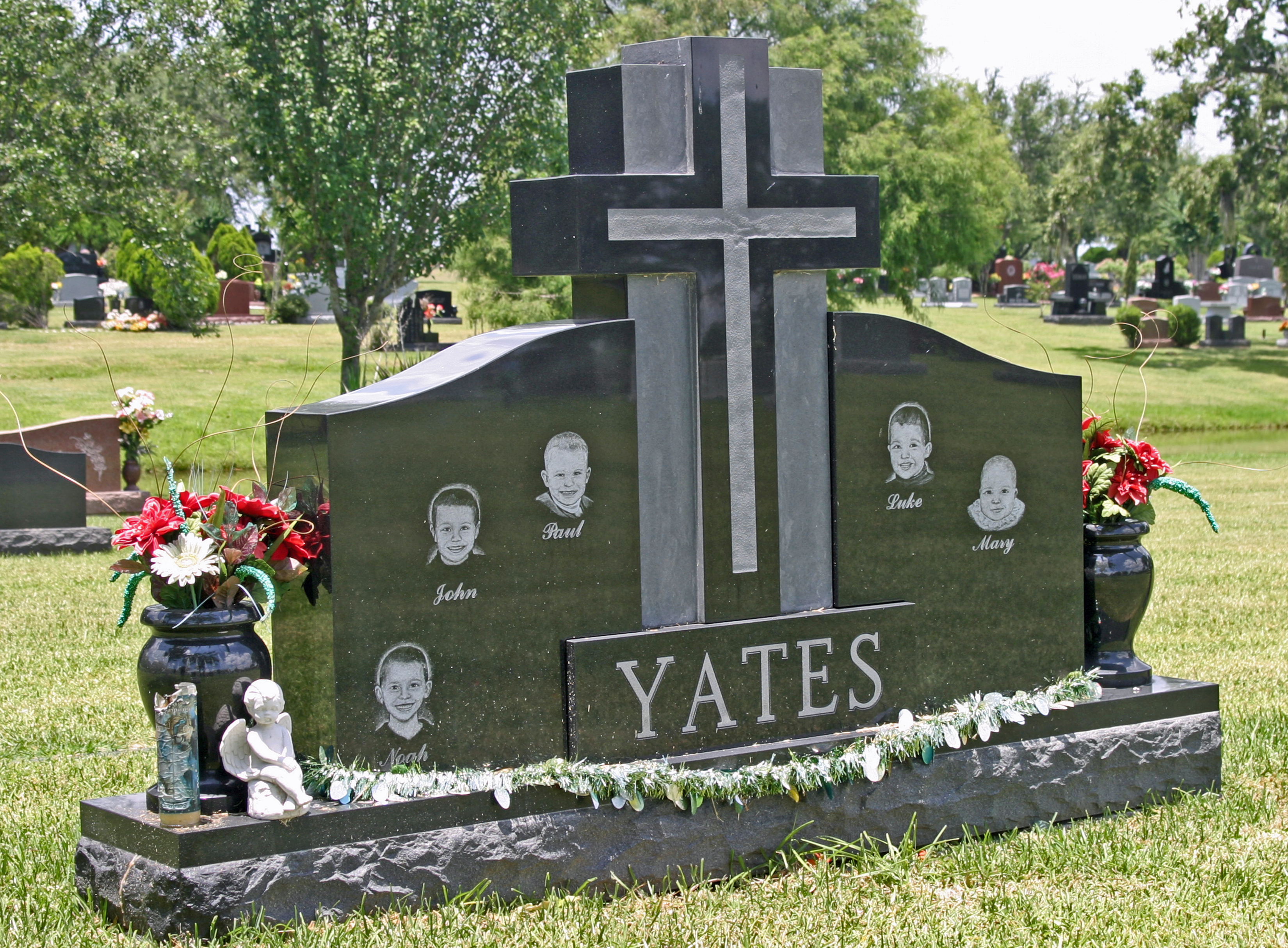Not long ago, I stood with my wife Mary at the Houston grave of murderous Texas mother Andrea Yates’ five children, whom she drowned in her bathtub. I was writing about Yates, who suffered a grim array of maladies, from post-partum depression to schizophrenia.
I’m an old-school journalist. I believe deeply in “being there”—touching, smelling, living the places where my stories happened. Sometimes those places are pleasant, and sometimes they are haunted. This grave, with a huge headstone bearing the faces of five small kids, was haunted.

In my notebook, I wrote the words “somber” and “heartbreaking.” I described the sky, the texture of the stone, and the silence. That’s what I do: Reduce my feeling to words, hoping the right words will move a reader, too.
I turned to Mary. She was weeping. Tears streamed down her cheeks, the kind that make you ache trying to hold them back. The faces of those children …
“Let’s go,” I said abruptly.
Back in the car, I spoke sternly. “If you’re going to come with me, you can’t cry. Out here, I’m working. Cry later.”
For almost 40 years, I have compartmentalized my emotions to be able to tell the kinds of stories I must. The sight of a dead child touches some deep-down part of me, but the best thing I can do is tell her story, not stand here crying. The whole family killed by a drunk driver, their bodies still crushed in the wreckage, tighten my jaw until my teeth might break, but weeping would make me look away. The 7-year-old boy who stands in shock after accidentally shooting his father dead while climbing through a barbed-wire fence, I want to put my arms around him, but I just … can’t.
I lost it once. Only once. An adopted infant—abandoned by his birth mother—had been deliberately smothered by his foster mother, Mary helped me look for his grave in an out-of-state cemetery. We couldn’t find it. Finally, I went to the office and asked for a specific location. They had no record of him. He didn’t exist.

Certain that we were in the right place, Mary and I spent the afternoon walking every row of that big cemetery until we found his tiny little, heart-shaped marker. He did exist … even though his real mother, his adopted mother, and this cemetery—the only people in the world who should remember him—didn’t know who or where he was.
Back at the car, I first raged about the cemetery’s ineptitude. This child died with no memories and unremembered. Then I cried … struggling mightily to stop. I needed to stop because I needed to make them remember, goddammit. I had a job to do.
Mary could have said, “Cry later,” but she didn’t. She just cried with me.
It was easier to stay coldly stoic when I was young. I could afford to worry only about the story. Now, I’m old and I have felt some of the things those people have felt. I’ve missed some moments, regretted choices, lost loved ones. But old habits still prevent me from letting loose.
Now I write books about ordinary people who shouldn’t have died, but sometimes died in spectacularly grisly ways. Sometimes it feels like I’m the only who cares, although I hope I’m wrong. Sometimes it feels like the monsters who killed them are remembered more. Sometimes I want to cry, but I can’t without losing some of the spark that I should put into their words, not weeping.
Hell, I have reminded myself for so long to “cry later” that I wonder when “later” comes.
